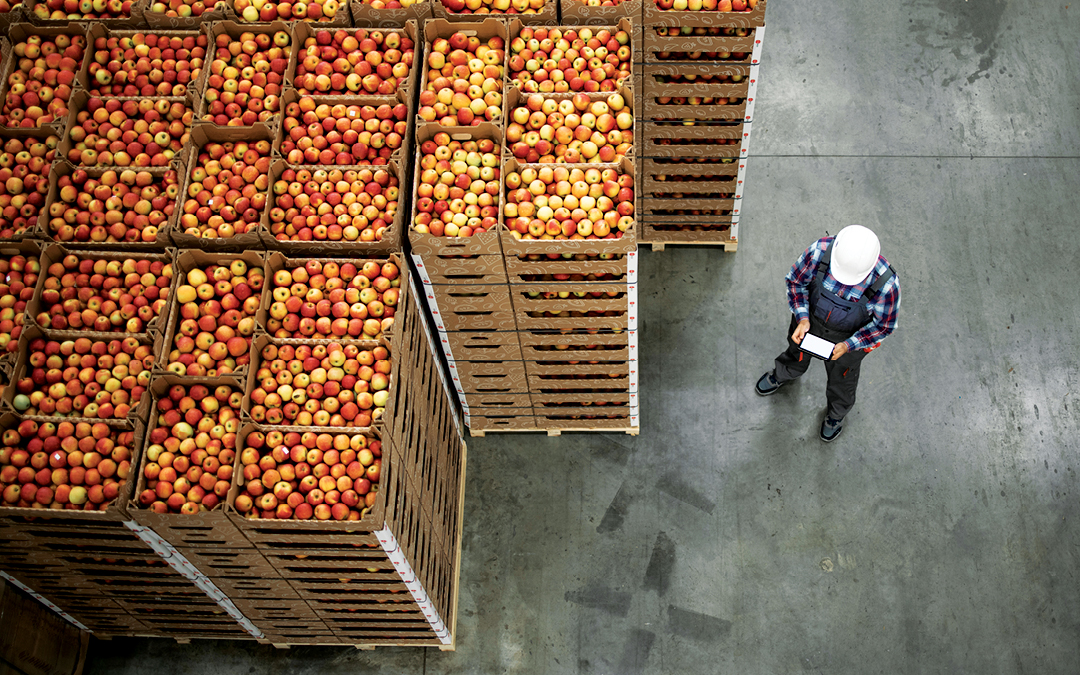As summer winds down and fall fires up, two products that herald the arrival of autumn contribute to the year-round cycle of shifting capacity demand.
What’s happening: With apples largely coming from the North and West, and wood pellets often originating in the South, they demand capacity across the map.
Why it matters: These high-priority seasonal goods are just two examples of the year-round surges that create geographical hot spots for shippers and carriers.
The bottom line: Preparing for shipping surges takes planning and partnership with a carrier that serves diverse industries and offers a range of solutions.
As summer winds down and fall fires up, two products that herald the arrival of autumn are on the move. Apples and wood pellets may not seem to have much in common at first glance, but their simultaneous peak seasons make them partners in a quirky surge that’s just the latest in a year-round cycle of demand.
“In the spring it’s patio furniture, during the holidays it’s Christmas trees, in the summer it’s beverages,” said Paul Bowman, senior vice president of enterprise sales for U.S. Xpress. “There’s always a surge happening somewhere, and while apples and wood pellets may not be as obvious as pumpkins at Halloween, we know every year to prepare for that demand.”
The most popular fruit in the U.S. has its peak season in September and October, rolling into far-flung markets from top apple-producing states including Washington, New York, Michigan, Pennsylvania, and California. In 2021, The U.S. apple harvest added up to almost 10 billion pounds of apples, and favorable growing condition in 2022 may mean an even bigger crop.
Meanwhile, wood pellets, which heat homes, barns, and businesses in cold climates all winter long, are typically produced in the South. These small-but-mighty fire-feeders are made from wood waste such as sawdust and scraps, and they’re on the move in big numbers every year beginning in September. About 58% of North America’s wood pellet capacity sits in the South, and the region’s production capacity has increased more than fivefold since 2009.
“You have apples largely coming from the North and West, and wood pellets often originating in the South, so there are unique capacity challenges in these markets during this time,” Bowman said. “U.S. Xpress hauls goods for a wide variety of industries – including the folks who have unique supply chain needs as fall rolls in.”
With the experience and the resources to anticipate demand and work through surges, U.S. Xpress is always ready for capacity shifts, he said. And in addition to asset-based resources, U.S. Xpress can tap into its brokerage solutions to balance the load, Bowman added.
“Our history of success serving clients in this space and our ability to anticipate demand, while simultaneously applying the right resources to keep goods moving, means we can take seasonal surges in stride,” he said.





